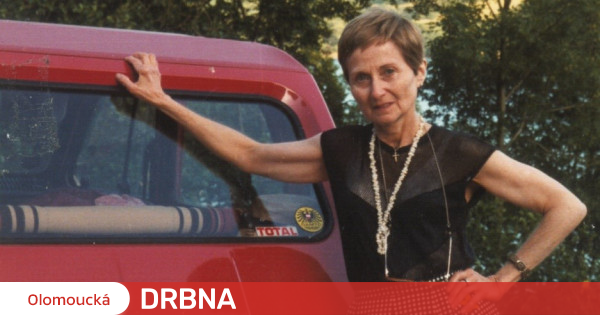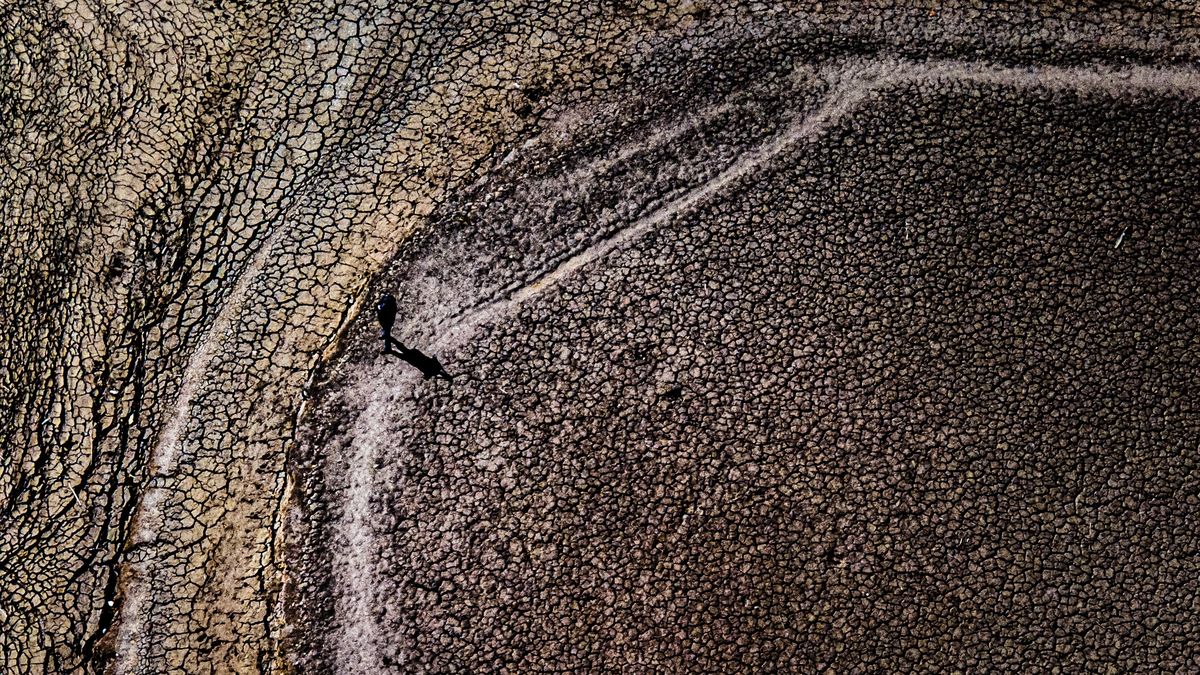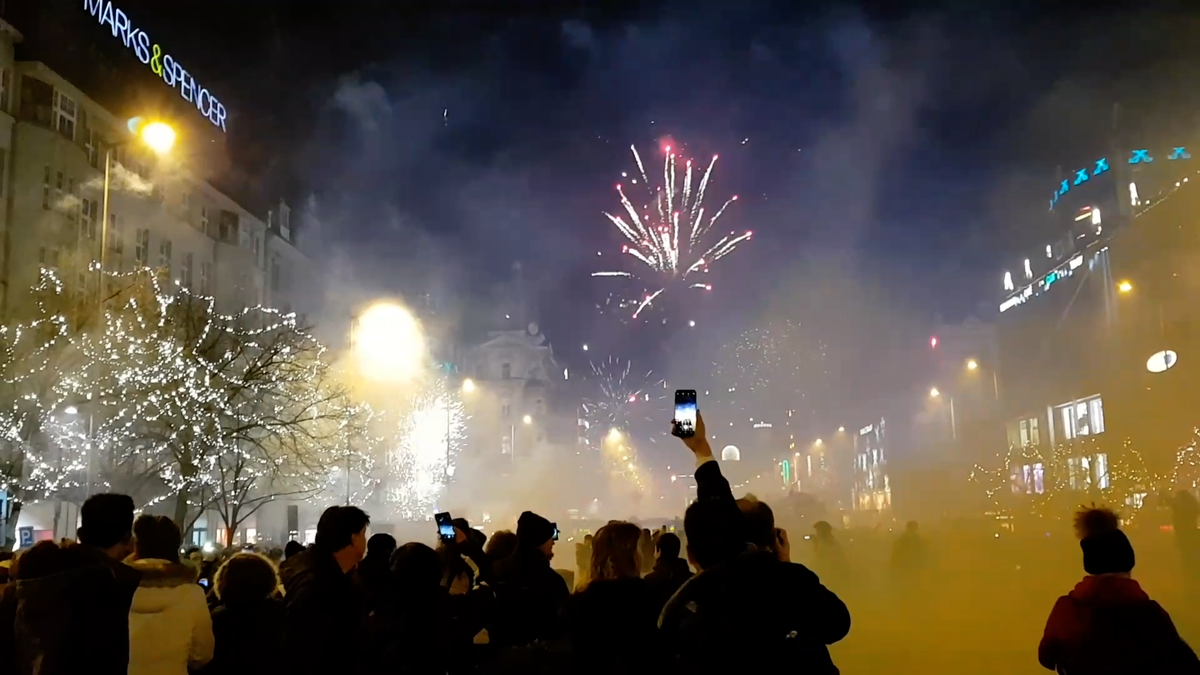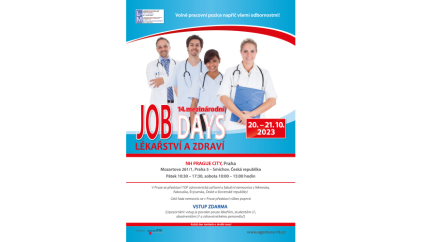Věra Běhalová, originally from Prostějov, made her mark especially in the history of art. Her life and professional story is that of a brave and morally strong woman, a Catholic, a political prisoner, an emigrant, an art historian and a recognized expert on architecture and art in the 19th and 20th centuries.
Věra Běhalová born on July 31, 1922 in Prostějov in the family of a city clerk Bedřich Běhal. In 1933–1941, she studied at the local Real Women’s Gymnasium. His dream is to study art history. However, he had to realize this dream only after the end of World War II.
In June 1945, he began studying musicology and art history at the Faculty of Music, Charles University in Prague. He was greatly influenced by his teacher Antonin Matejček, Jaromir Pečirka, Jan flowers, Vaclav Mencl and Jan Patočka. Its greatest authority is art historian and professor of archaeology Rzena Vackovawho are in contact with the priests Josef Zvěřina and By this Madre and created a Catholic youth circle inspired by the Jesuit Kolakovic from Serbia. Věra Běhalová was also a member of the circle.
In January 1949, he was expelled from his studies after a student examination due to his Catholic mindset and bourgeois views. He later worked as a telephone operator at the French embassy in Prague and as a tutor to the children of the French ambassador. Růžena Vacková was in intensive contact with him. He used it to transmit classified information and correspondence through diplomatic channels to Free Europe and Vatican Radio.
Lots of people we have to bow down to and shake hands with – even if we’d rather step on their toes. This is one of a number of sharp aphorisms from German writer Schumper, Maria Knitschke. A small committee publishes the author’s forgotten work under the title “Marie …
On 13 February 1952, Věra Běhalová was taken into custody by State Security and detained. In the political process Bárta et al. held on 28-31 In October 1952, he was sentenced to seven years in prison for espionage and espionage. He served his sentence in prisons in Hostinné nad Labem, Mladá Boleslav, Liberec, eliezovce u Nitra and Pardubice. He returned home on February 14, 1959 in poor health.
After his release, he lived in Prostějov for about three months. However, he didn’t like the conditions here, so he returned to Prague. His friends helped him find a small apartment and a job. These friends strongly supported him throughout his life, although many emigrated in 1968. Among them were fellow prisoners Alexandra Součková, Jitka Maliková and further Saint Paul and John Caesar. He worked, for example, as an elevator operator at the Ara and Bílá pumpkin department stores, a pest control worker and as an administrative assistant at Drutěv.
It was not until the second half of the sixties that he entered his field. She works at a gallery in Cheb and at the Regional Center for Monument Care and Nature Protection in Pilsen, where she researches homes designed by an architect. Adolf Loos. He began to correspond with colleagues and friends of Loos. He documented the interiors and asked them to declare a cultural monument. With this move, he actually saved many interiors from destruction, because Loos’ work, like other modernist architectural monuments, was considered bourgeois and worthless. The 1960s were heady and hopeful for him and his friends. They enjoy their freedom, they discuss. For example, they met at the house of an academic sculptor from Prostejov Hany Wichterl.
In 1968, he received a scholarship to study in Vienna. He never returned to Czechoslovakia at that time. He completed his art history studies in Vienna. In 1974, he received his doctorate in philosophy in defense of his work at Loos’ villa Karma.

The religious city of Olomouc has always had a large number of churches and monasteries, and therefore also the belfry is hung according to Christian custom. The history of the Olomouc bells is rich, filled with excitement, but unfortunately also a very tragic story. And only…
Throughout his life in emigration, he devoted himself selflessly to helping his compatriots and emigrants from Czechoslovakia. He is chairman of the Austrian branch of the Society for Science and Arts and a collaborator of the Czech and Slovak Culture Clubs in Austria. However, he continued to maintain contact, for example with Saša Součková, whose family sent him the specialist magazine Volné směry to Vienna. His mother, who died in 1974, had difficulty emigrating, and of course Věra was unable to come to his funeral.
He came to Czechoslovakia only after 1989. He never returned here permanently. He went to visit family and friends in Prague and Prostějov. He likes living at Velké Losiny. He visited a photographer in ernošice Pavel Techa. In the mid-nineties, he collaborated on the Plečnik exhibition at Prague Castle and also contributed to the monograph Josip PlečnikPrague Castle architect.
He is very self-sacrificing, accommodating, a little bohemian, but he often gives himself again. He died on January 6, 2010 in Vienna. His body was buried in the family graveyard at the City Cemetery in Prostějov.
I have every right to remember his legacy, especially this year on the 100th anniversary of his birth. On January 10, 2022, he was awarded the Pilsen City Historic Seal as a memorial for exploring the homes of architect Adolf Loos and saving them from destruction. The City of Prostějov will give him the City of Prostjov Award in memory. From 6 to 23 June 2022, the exhibition “Věra Běhalová 100” prepared by the Pilsen Literary Festival association takes place in the warehouses of Pilsen Town Hall. A three-wheeled tubular vehicle covered in tarpaulin and intended for the disabled – the Velorex – is also on display here. That’s when he rode it around Pilsen and called it Oskarek.

“Certified bacon geek. Evil social media fanatic. Music practitioner. Communicator.”







